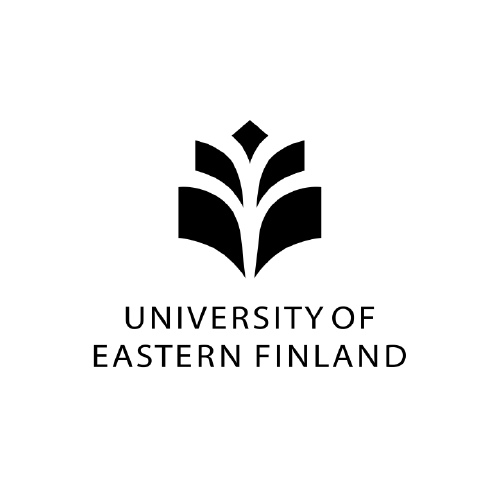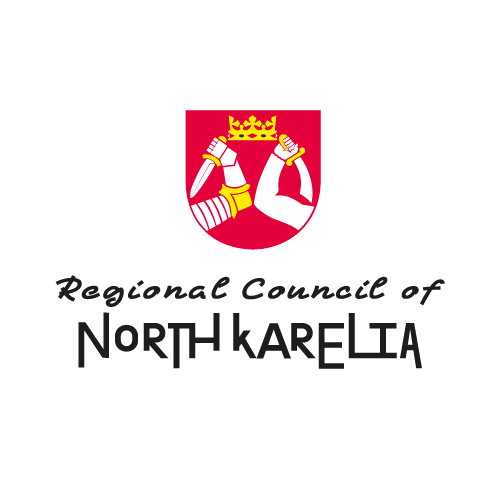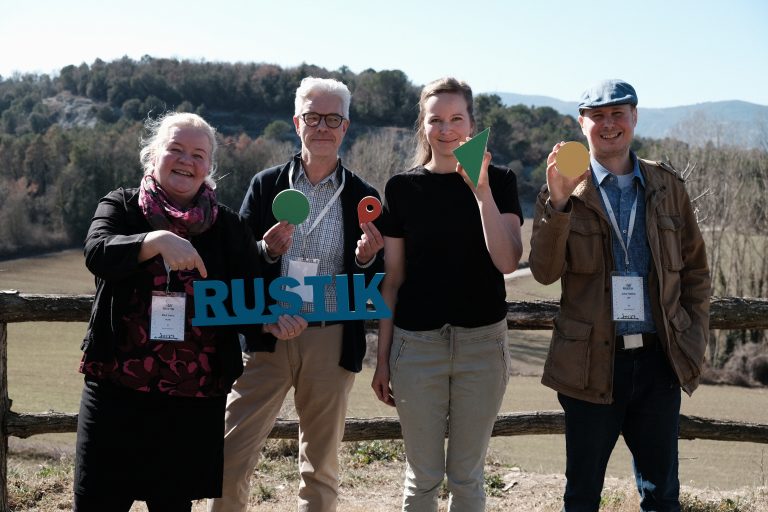Key Facts
North Karelia is a region in Eastern Finland. It is the easternmost region of continental Europe located by the Russian border, 450 km from the capital city of Helsinki. North Karelia has a population of 163,000 people in 13 municipalities, of which 5 are towns. Joensuu is the regional centre and a university town with a population of 77,000.
North Karelia is a sparsely populated region with a population density of 7,6 inhabitants per km2. Almost half of the population lives in rural areas.
The service sector provides work for 72 % of the population, manufacturing and refining for 22 %, and primary production for 5 %.
The climate is cold continental with warm summers and snowy winters. Forest covers 89 % of the land area and there are 2,200 lakes.
The region is famous for its natural attractions such as its 4 national parks. North Karelia’s location in the meeting point of the eastern and western cultures has given the region its original and distinctive nature.







